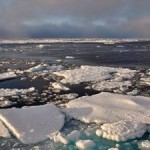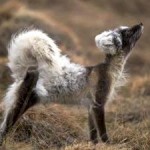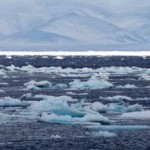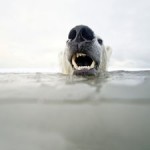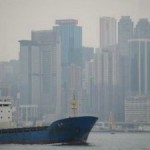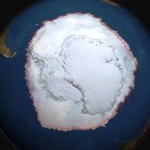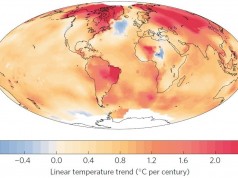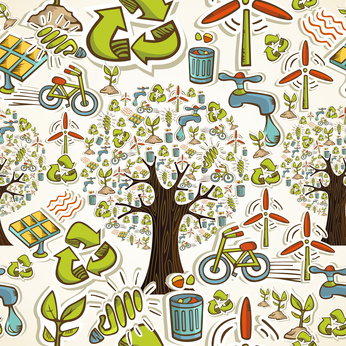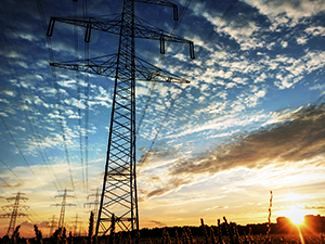- Vegetation: The Arctic is greening as vegetation responds to warmer conditions and a longer growing season. Since observations began in 1982, Arctic-wide tundra vegetation productivity (greenness) has increased, with the growing season length increasing by 9 days each decade.
- Wildlife: Large land mammal populations continued trends seen over the last several decades. Muskox numbers have increased since the 1970s, in part due to conservation and introduction efforts, while caribou and reindeer herds continue to have unusually low numbers.
For the first time, scientists also released new information on marine fishes and black carbon.
Highlights include:
- Marine Fishes: The long-term warming trend, including the loss of sea ice and warming of waters, is believed to be contributing to the northward migration into the Arctic of some fish such as Atlantic mackerel, Atlantic cod, capelin, eelpout, sculpin and salmonids.
- Black Carbon: While black carbon (soot) originating from outside the Arctic has decreased by 55 percent since the early 1990s, primarily due to economic collapse in the former Soviet Union, increasing numbers of wildfires fueled by greater amounts of vegetation in a warmer, drier climate, have the potential to increase atmospheric black carbon in the high latitudes.
“The Arctic Report Card presents strong evidence of wide-spread, sustained changes that are driving the Arctic environmental system into a new state and we can expect to see continued wide-spread and sustained change in the Arctic,” said Martin Jeffries, principal editor of the 2013 Report Card, science adviser for the U.S. Arctic Research Commission, and research professor at the University of Alaska Fairbanks. “But we risk not seeing those changes if we don’t sustain and add to our current long-term observing capabilities. Observations are fundamental to Arctic environmental awareness, government and private sector operations, scientific research, and the science-informed decision-making required by the U.S. National Strategy for the Arctic.”
In 2006, NOAA’s Climate Program Office introduced the State of the Arctic Report, which established a baseline of conditions at the beginning of the 21st century. It is updated annually as the Arctic Report Card to document the often-quickly changing conditions in the Arctic.
Click here to read/download Arctic Report Card 2013:
http://www.arctic.noaa.gov/reportcard/
Source: NOAA.

